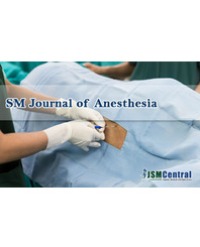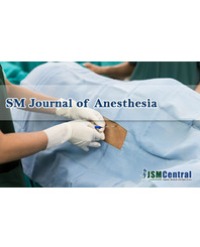
Intractable Chronic Migraine in Adolescent: Multidisciplinary Approach
Chronic migraine is a severe neurological disorder characterized by the presence of headache for 15 or more days/ month, for more than three months. Pain, on at least eight days/month, has the features of migraine. Pain is often intense, disabling and resistant to the usual treatments. Other disorders such as phono photophobia, nausea-vomiting, diarrhea, sleep and mood disorders can be found in combination with chronic migraine pain. The long-lasting migraine pain may be favored by the presence of factors such as hormonal changes in the menstrual period, or states of anxiety, stress, mood deflection, or overuse of symptomatic drugs with rebound effect.
We report the case of a 14 year-old female patient, with positive familiarity for migraine, which was brought to our observation for the presence of chronic headache with daily frequency migraine-like attacks, highly disabling and resistant to pharmacotherapy. During the hospitalization, a wash-out of the pharmacotherapy was performed, associated with the autogenous training, muscular relaxation exercises, psychological support and introduction of Lamotrigine for prophylactic therapy. Our patient showed a considerable amelioration with this multidisciplinary approach.
Luca Maria Messina¹,²*, Luigi Vetri¹,², Lucia Rocchitelli¹,², Flavia Drago¹,², Laura Silvestri¹,², Antonina D’Amico¹,², Giovanni Grillo¹,², Francesca Vanadia², Vincenzo Raieli²*

